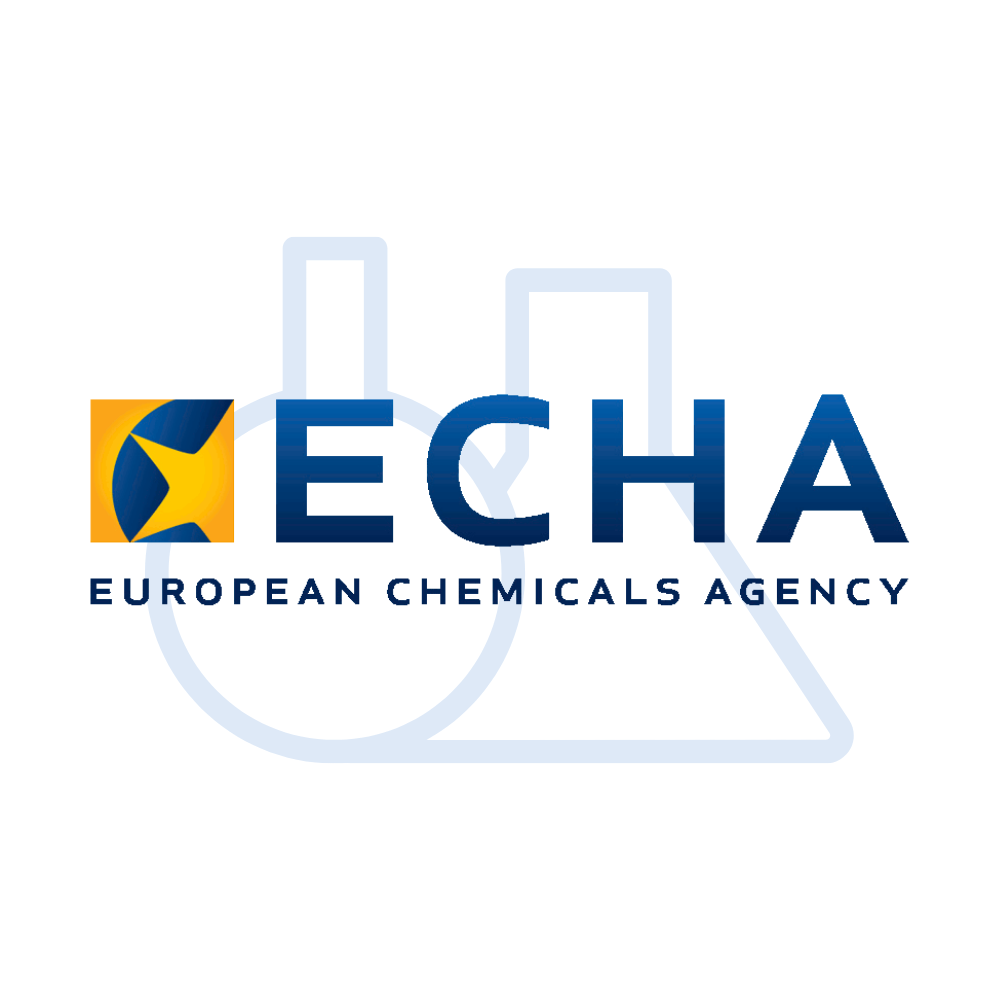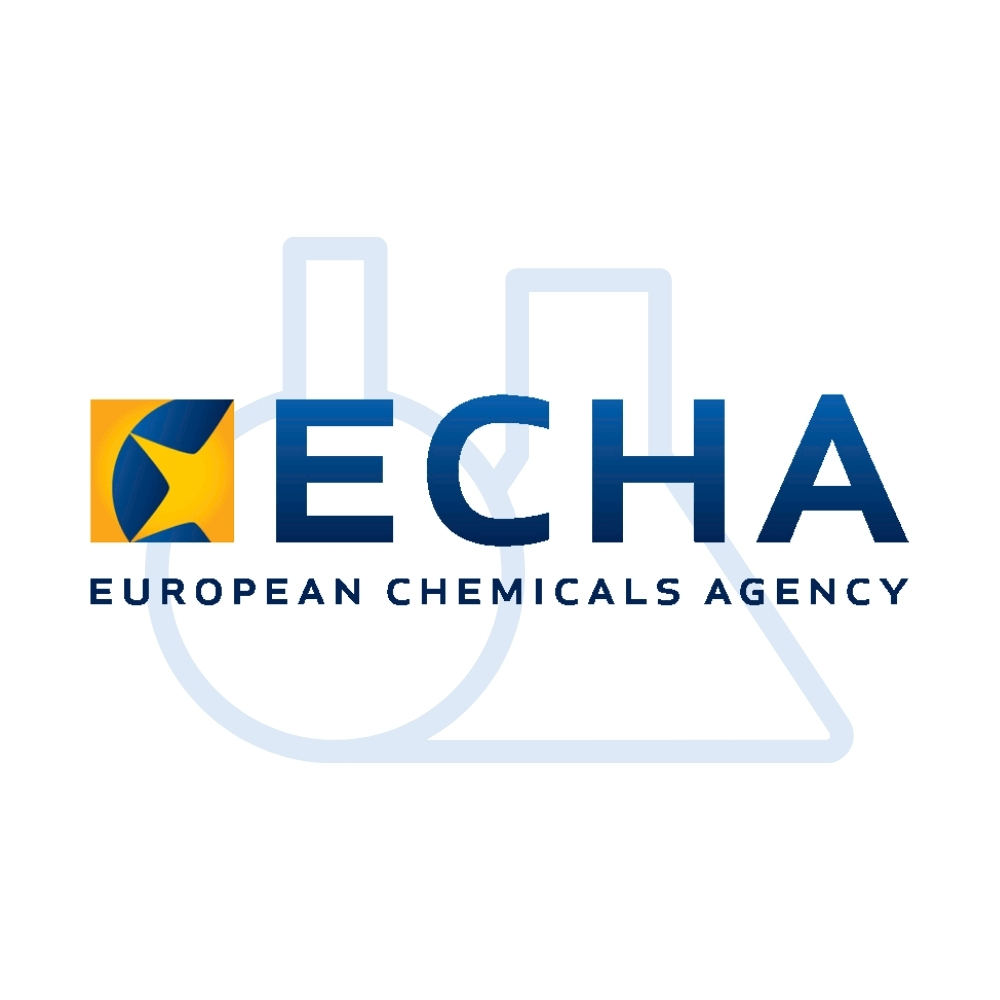At its September meeting, which took place on 9–11 September 2025, the Biocidal Products Committee (BPC) of the European Chemicals Agency (ECHA) adopted four opinions on active substances and six on Union authorisations.
Adopted Opinions on Active Substances
Regarding carbon dioxide, ECHA made the following statement:
“Supporting the amendment of the inclusion of Carbon dioxide (CO₂) in Annex I of the Biocidal Products Regulation (BPR). This inclusion in Annex I is restricted to: ‘Only for use in ready-for-use gas canisters functioning together with a trapping device.’”
At the meeting, a request was made to revise the existing restrictions on CO₂, upon which the BPC proposed the following:
“For product authorisations it shall be ensured that the exposure for professional users remains below the acceptable exposure concentration (AEC):
- 1.5% v/v carbon dioxide for the STEL (short-term exposure limit) 15 minutes, and
- 0.5% v/v carbon dioxide for the TWA (time-weighted average) 8 hour.”
ECHA stated that this new restriction would enable broader authorisation of CO₂-based products while ensuring safe use within the defined exposure limits.
Non-approval of Poly(dimethyloctadecyl[3-(trihydroxysilyl)propyl]ammonium chloride):
Poly(dimethyloctadecyl[3-(trihydroxysilyl)propyl]ammonium chloride) generated from di-methyloctadecyl[3-(trimethoxysilyl)propyl]ammonium chloride (DMOAP)was proposed for use in the following product-types:
- Product-type 2 – Disinfectants and algaecides not intended for direct application to humans or animals,
- Product-type 7 – Film preservatives,
- Product-type 9 – Fibre, leather, rubber and polymerised materials preservatives.
However, the BPC recommended non-approval for all three product types, as no safe use was identified.
Six Union Authorisations Supported:
At the September BPC meeting, the following Union authorisations were supported:
- A biocidal product containing active chlorine generated from sodium chloride by electrolysis for product-types 2 and 4 (food and feed area);
- A biocidal product containing Alkyl (C12–16) dimethylbenzyl ammonium chloride (ADBAC/BKC (C12–16)) and Glutaral (Glutaraldehyde) for product-types 3 (veterinary hygiene) and 4;
- A biocidal product containing Peracetic acid for product-type 2;
- A biocidal product family containing L-(+)-lactic acid for product-types 2 and 4;
- A biocidal product family containing Peracetic acid for product-types 2, 3 and 4; and
- A biocidal product family containing Glutaral (Glutaraldehyde) for product-types 6, 11 and 12.
Decisions and Competent Authorities
The ECHA annex provides information on Commission decisions and competent authorities. These are summarised in the table below:
| Topic | Product-Types | Decision | Rapporteur Member State |
| Opinion on approval of DMOAP | 2, 7, 9 | Not approved | Spain |
| CO₂ Annex I inclusion | – | Approved | Netherlands |
| Biocidal product containing active chlorine generated from sodium chloride by electrolysis | 2, 4 | Approved (simple majority) | France |
| Biocidal product containing ADBAC/BKC and Glutaraldehyde | 3, 4 | Approved | Belgium |
| Biocidal product containing Peracetic acid | 2 | Approved | Germany |
| Biocidal product family containing L-(+)-lactic acid | 2, 4 | Approved | Germany |
| Biocidal product family containing Peracetic acid | 2, 3, 4 | Approved (simple majority) | Netherlands |
| Biocidal product family containing Glutaraldehyde | 6, 11, 12 | Approved | Netherlands |
| Questions on the risks of exposure of workers to corrosive particles during the use of biocidal products by coarse spraying | – | Approved | France and Belgium |
| Examination of alternatives to cholecalciferol and its possible use by the general public | 14 | Approved (simple majority) | Sweden |
The opinions discussed and adopted at the meeting will be published on ECHA’s website. ECHA also announced that the next meeting will be held on 24–28 November 2025.
For questions on this topic or to receive support with your biocidal products, you can contact us.
This article was originated from ECHA.








